There can be your advertisement
300x150
What You Should Know About Hydrangeas, Even If You're Not a Florist
Why These Flowers Should Be Avoided, Why They Change Color, and What This Has to Do with Madonna
The Season of These Flowers Is in Full Bloom — The Perfect Time to Learn a Bit More. We Recall 12 Facts — Some Well-Known, Others Less So.
Grown All Over the World
From Southeast Asia to North America. In Russia, several species can be found in the wild on the Far East. Hydrangeas were introduced to Europe in the 1820s from Japan.

Hydrangeas Are Thousands of Years Old
Archaeological excavations confirm that the flower grew many thousands of years ago — on the territory of Alaska, California, Oregon, and Asia.
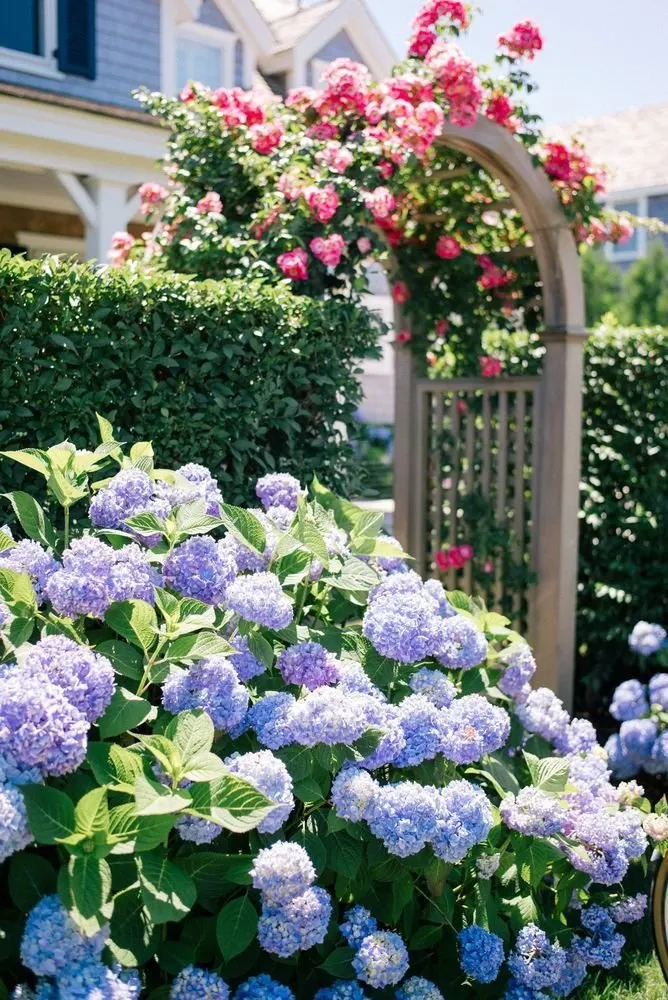
There Are 75 Different Varieties
Most hydrangeas are shrubs 1–3 meters tall. Some species are small trees, others are vines climbing up the trunks of other trees to a height of up to 30 meters.

Hydrangeas Are Poisonous!
All parts of the plant contain cyanogenic glycosides and are therefore considered toxic — even if you love these flowers, do not eat them.
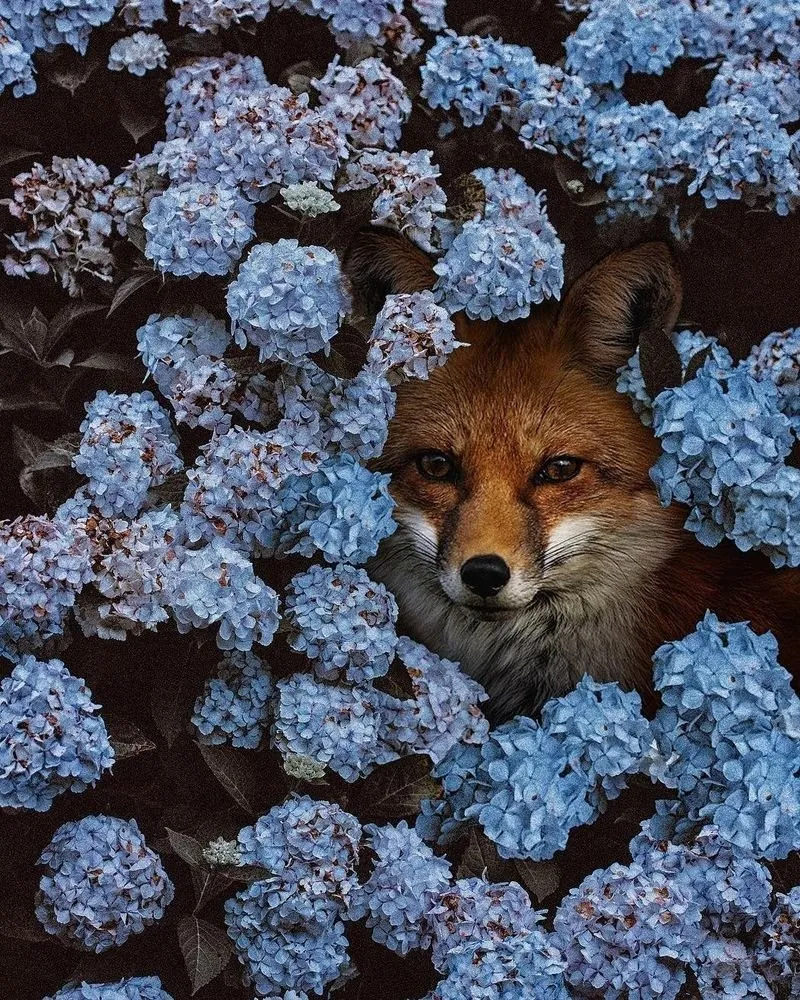
They Can Change Color
The shade of the flowers depends on the soil pH level: in acidic soils, petals take a blue hue; in neutral soils, pale beige; and in alkaline soils, pink or lavender.
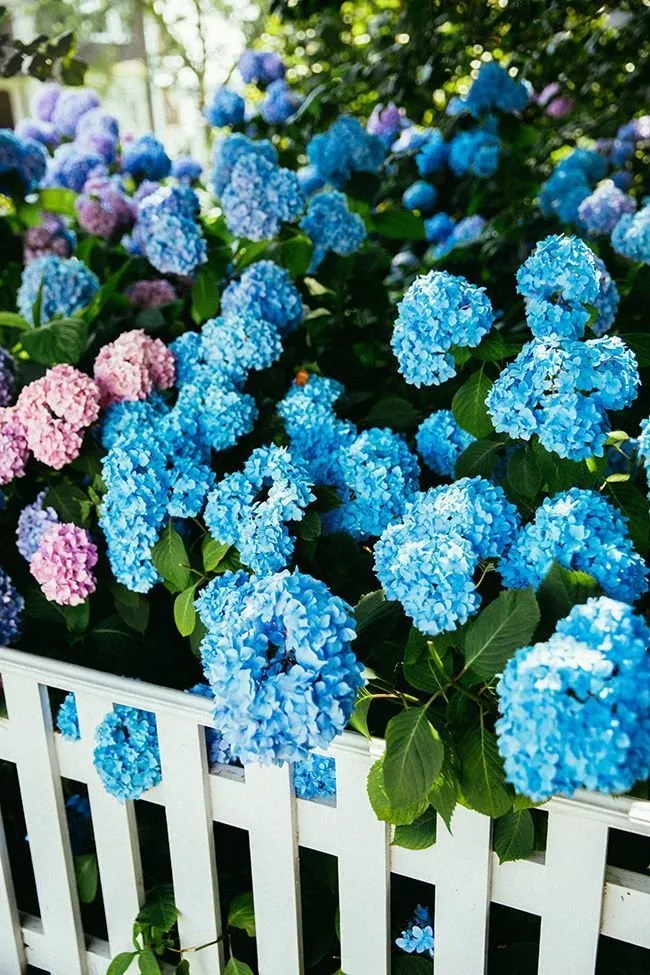
They Symbolize Love
This is believed in Asian countries. Therefore, hydrangeas make an excellent gift for someone you have a crush on and are perfect for wedding bouquets.

The Name Wasn't Chosen at Random
The name "hydrangea" was given to the flower by botanist Philibert Commerson — it is derived from the Latin hortus (garden). Since Hydrangea was a common female name at the time, there were many theories about who this name could have been dedicated to.
Later, European botanists gave the plant the name Hydrangea, which translates to "water vessel". One theory says it’s due to the shape of seed capsules resembling a jug, while another suggests it’s because of the plant’s love for moisture.
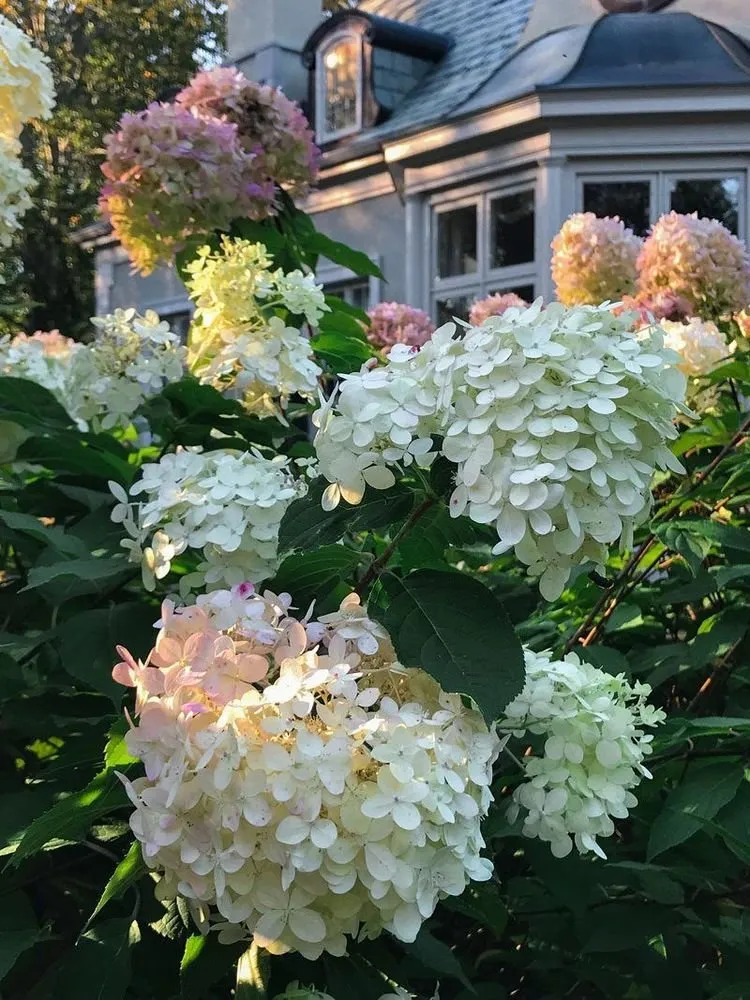
They Love Plentiful Watering
This follows from the previous fact. Each bush should receive at least two buckets of water per week.

And They Don’t Like Direct Sunlight
Hydrangeas prefer shade or partial shade and suffer from direct sunlight — exposure to the sun makes the flowers small.

They Suit Any Bouquet
Hydrangeas never draw too much attention and therefore pair well with vibrant roses or simple daisies — a versatile flower.

They Are Loved by Celebrities
For example, American actress Blake Lively included hydrangeas in her wedding bouquet.

But Not Everyone Likes Them
Madonna, for example, hates these flowers. Several years ago, her reaction to receiving a hydrangea at a press conference during the Venice Film Festival sparked a heated debate. The fan presented her with the flower, and the star thanked him for it but then took it under the table and loudly remarked that she doesn't tolerate hydrangeas.
However, she later decided to apologize. To the hydrangeas. And published a black-and-white video in the style of classic cinema, in which she mourns the bouquet and asks for forgiveness. By the way, the apology didn't work — at the end of the video, the singer declares she still hates hydrangeas. But we still like them!
More articles:
 Pink, sage, terracotta: how to decorate interior in the most fashionable colors
Pink, sage, terracotta: how to decorate interior in the most fashionable colors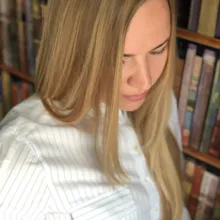 How and Why Secret Doors Are Made: Designer Tips
How and Why Secret Doors Are Made: Designer Tips 5 Trends That Will Soon Go Out of Style
5 Trends That Will Soon Go Out of Style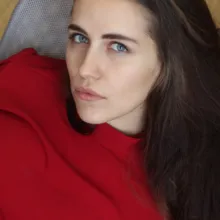 How to Plan the Perfect Garden: 5 Key Rules
How to Plan the Perfect Garden: 5 Key Rules How Designers Use Bold Wallpapers: 10 Examples
How Designers Use Bold Wallpapers: 10 Examples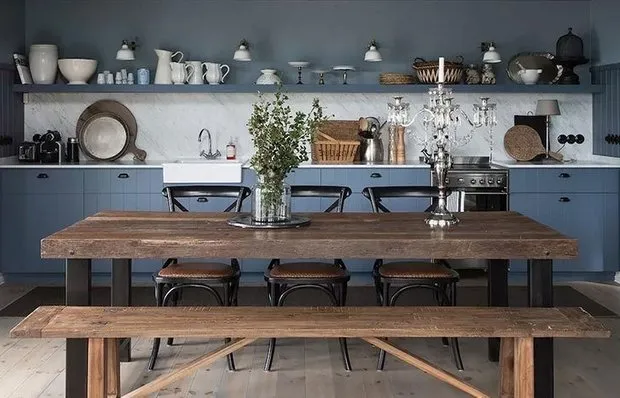 8 More Ideas for Your Country House
8 More Ideas for Your Country House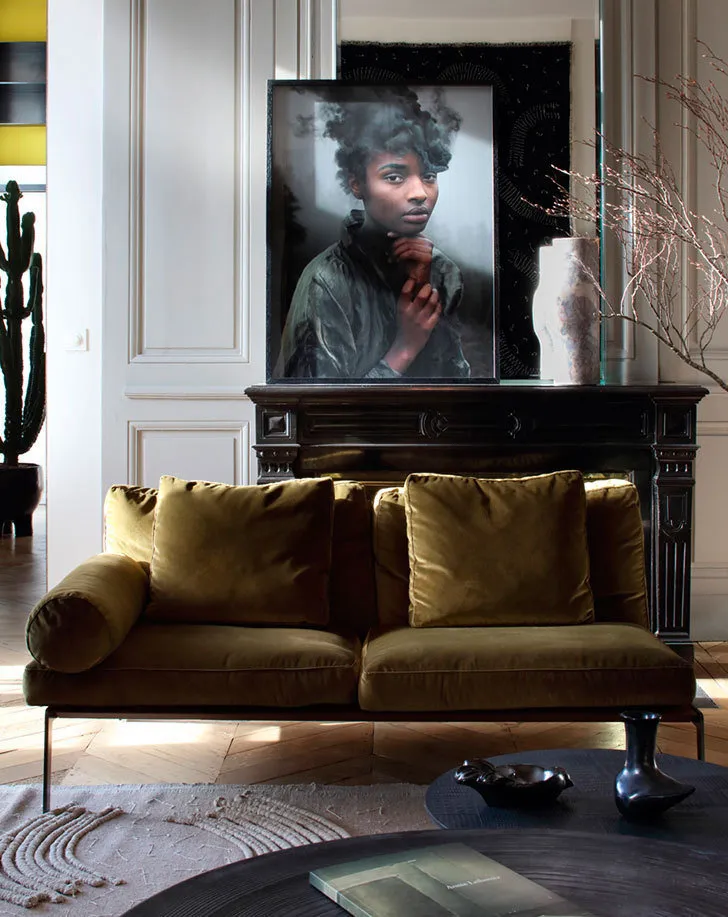 Interior in Lyon Inspired by Star Wars
Interior in Lyon Inspired by Star Wars 5 New Innovations for Bathroom Design
5 New Innovations for Bathroom Design